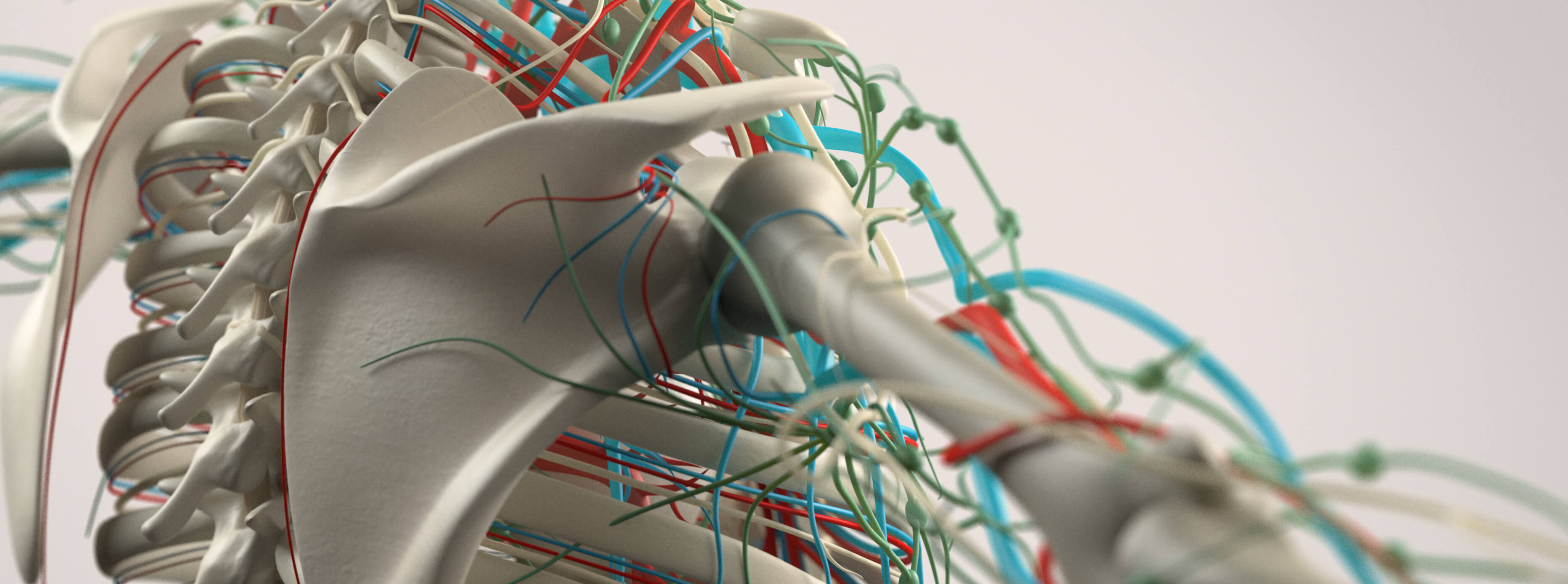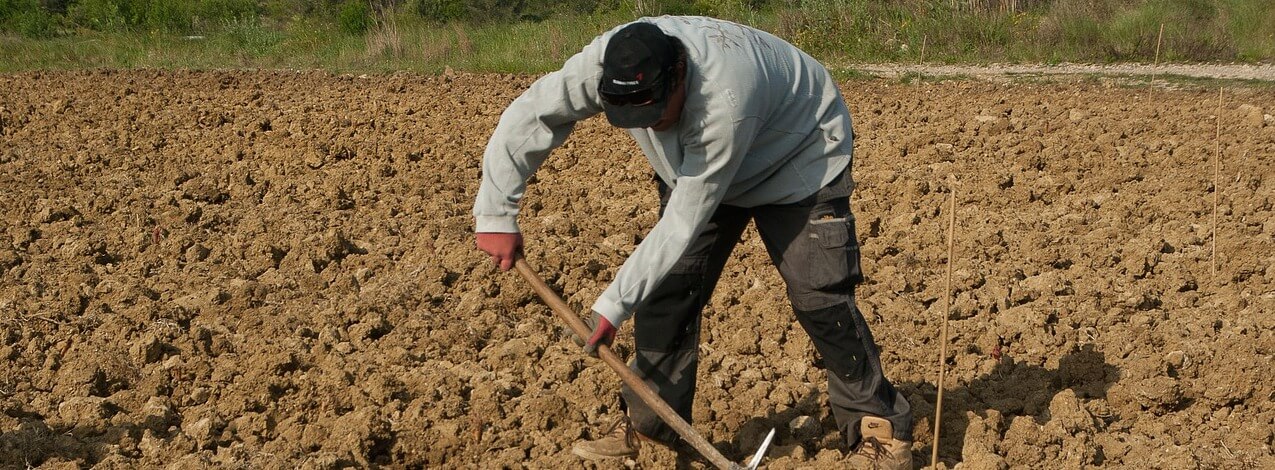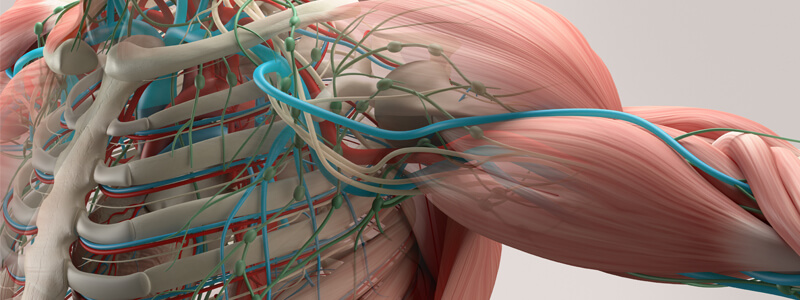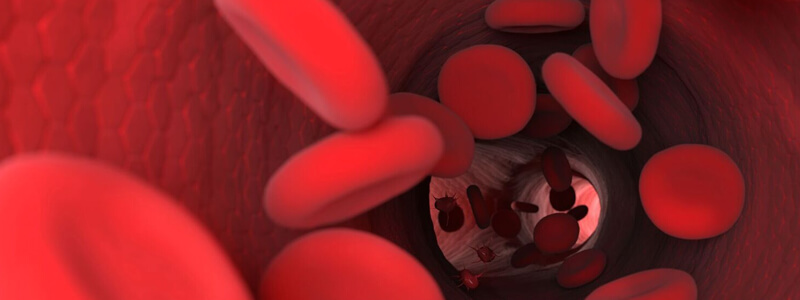


A Farm Worker with a Dirty Wound
A 24-year-old man from Russia presents with a wound on his left forearm sustained whilst working on a farm the day before yesterday. The wound has been cleaned under a tap but still contains some debris and dirt. You clean the wound carefully and prescribe...
Upper Limb Nerve Lesions (Part 1 – The Brachial Plexus)
Upper limb nerve lesions are commonly tested in the basic sciences section of both undergraduate and postgraduate medical examinations and occur very frequently in the FRCEM and MRCS examinations. They are very important because they occur commonly in clinical...
Interpreting Diagnostic Tests
What are diagnostic tests? A diagnostic test can be defined as ‘any kind of medical test performed to aid in the diagnosis or detection of disease, injury or any other medical condition’. Typically with any diagnostic test some of those at risk will be missed (false...




